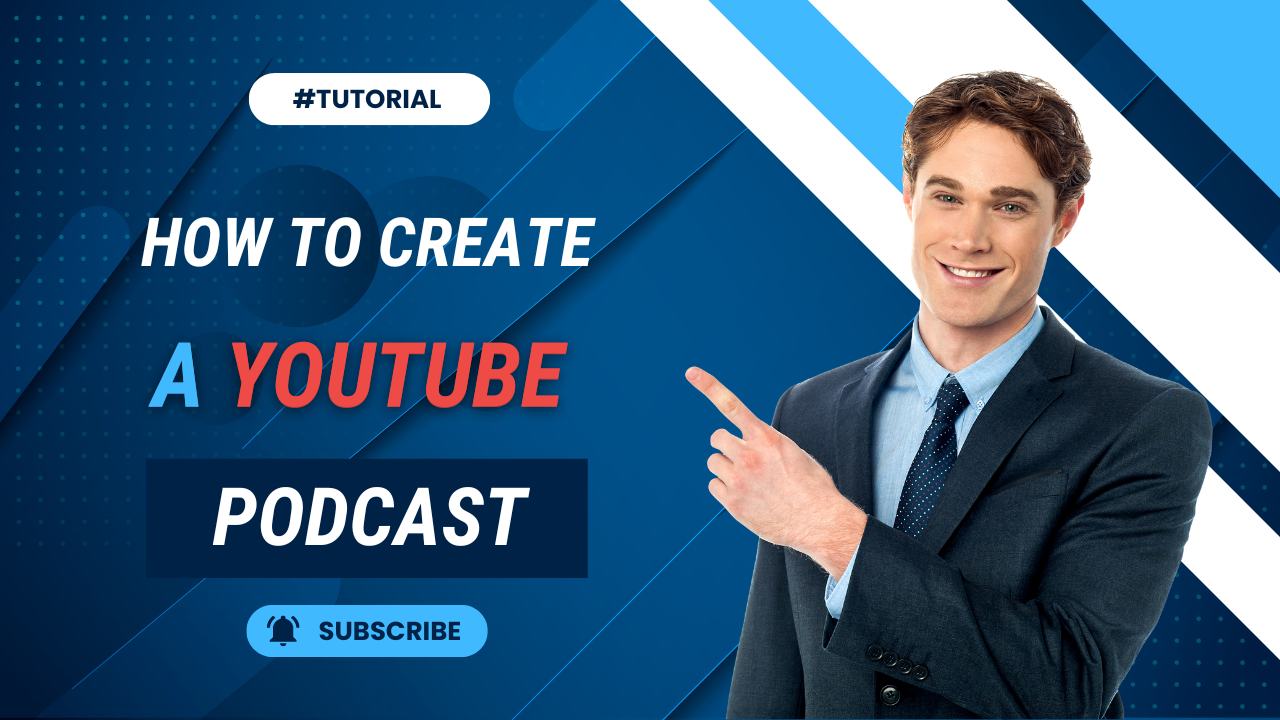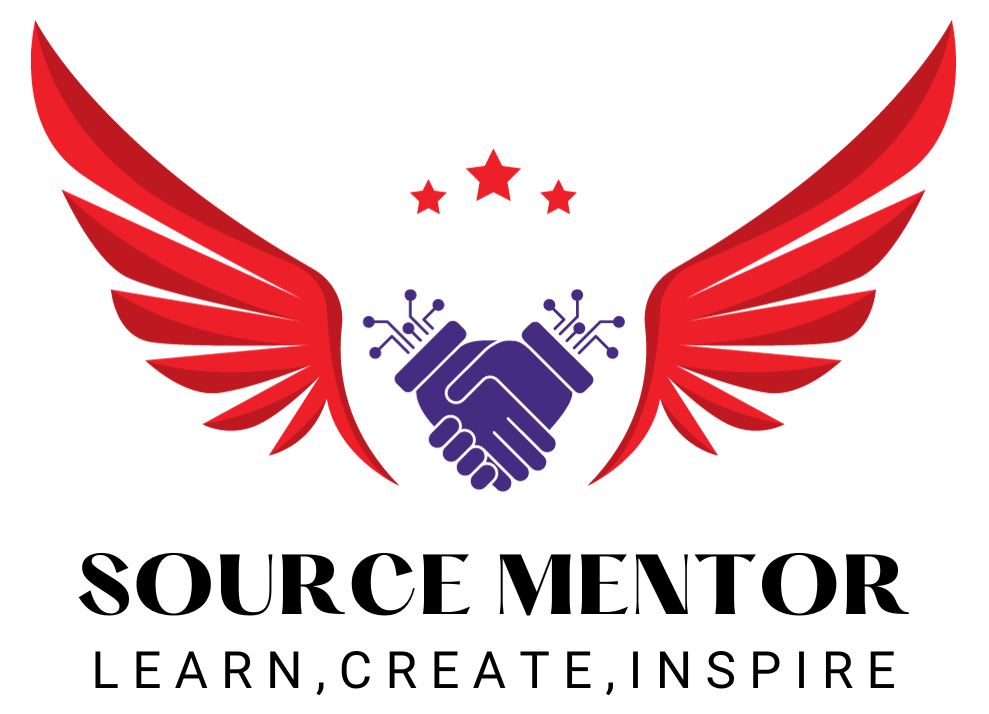How to Create a YouTube Podcast: A Step-by-Step Guide for Beginners
Namaskar dosto! Swagat hai aap sabhi ka is blog mein. Aaj hum discuss karenge how to create a YouTube podcast ke baare mein. Podcasting is a fantastic way to share your ideas, stories, and interviews with a wide audience. YouTube par podcasting start karna thoda challenging lag sakta hai, lekin hum isse step-by-step cover karenge to make it easy for you. Toh chaliye, bina kisi deri ke shuru karte hain!
Step 1: Plan Your Podcast
1. Choose Your Niche
- Decide karein ki aapka podcast kis topic ya niche par hoga. Kya aapko tech, entertainment, health, education, ya koi aur topic mein interest hai? Specific niche choose karke aap target audience ko effectively reach kar sakte hain.
2. Define Your Format
- Aapka podcast solo hoga, co-hosted, ya interview-based? Regular segments include karna chahte hain? Format define karna important hai for consistency.
3. Plan Your Episodes
- Episode topics aur structure plan karein. Yeh decide karein ki aap kitni frequently episodes publish karenge aur unka duration kya hoga.
Step 2: Set Up Your Equipment
1. Microphone
- Achhi audio quality ke liye external microphone invest karein. USB mics like Blue Yeti ya Audio-Technica ATR2100 popular choices hain.
2. Headphones
- Closed-back headphones use karein to monitor your audio while recording. Yeh background noise ko minimize karte hain.
3. Audio Interface
- Agar aap professional setup chahte hain, toh audio interface invest karein jo mic ko computer se connect karega.
4. Recording Software
- Free software like Audacity ya premium options like Adobe Audition use karein to record and edit your podcast.
Step 3: Recording Your Podcast
1. Find a Quiet Space
- Noise-free environment choose karein jahan aap uninterrupted record kar sakein. Soundproofing materials ya quiet rooms helpful hain.
2. Prepare Your Script
- Script ya bullet points prepare karein jo aapko recording ke dauran guide karein. Yeh ensure karega ki aap organized aur on-topic rahen.
3. Test Your Setup
- Recording se pehle apna equipment test karein to ensure sab kuch sahi se kaam kar raha hai. Levels check karein aur background noise minimize karein.
4. Record Your Episode
- Relax ho kar recording start karein. Natural aur conversational tone mein baat karein. Agar galti ho toh pause karein aur retake karein.
Step 4: Editing Your Podcast
1. Edit for Clarity
- Unwanted sections aur pauses trim karein. Background noise remove karein aur audio ko clean karein.
2. Add Music and Effects
- Intro/outro music, transitions, aur sound effects add karein jo aapke podcast ko professional touch dein. Ensure karein ki music royalty-free ho.
3. Mix and Master
- Audio levels balance karein aur final mix ko master karein. Ensure karein ki aapka podcast clear aur pleasant sound kar raha ho.
Step 5: Creating the Video Component
1. Choose Your Visual Style
- Aapka podcast video static image, animated waveform, ya live recording ho sakta hai. Decide karein ki aapka video style kya hoga.
2. Edit Your Video
- Video editing software like Adobe Premiere Pro ya Final Cut Pro use karein to sync audio with visuals. B-roll footage ya relevant images add karein for visual interest.
3. Create Thumbnails
- Eye-catching thumbnails design karein jo aapke podcast ko accurately represent karein. Bright colors, readable text, aur relevant images use karein.
Step 6: Uploading and Promoting Your Podcast
1. Upload to YouTube
- YouTube par apne podcast episode ko upload karein. Compelling title, detailed description, aur relevant tags add karein to optimize for search.
2. Promote on Social Media
- Apne podcast ko social media platforms pe promote karein. Instagram, Twitter, Facebook, aur other relevant platforms pe share karein.
3. Engage with Your Audience
- Viewers ke comments ka reply dein aur unke feedback ko seriously lein. Regular engagement se aap loyal audience build kar sakte hain.
4. Submit to Podcast Directories
- Apple Podcasts, Spotify, Google Podcasts jaise directories pe apne podcast ko submit karein to reach a wider audience.
Conclusion
Toh dosto, yeh the complete guide on how to create a YouTube podcast. Right planning, equipment, recording techniques, editing skills, aur effective promotion se aap apne podcasting journey ko successfully start kar sakte hain. Agar aapko yeh blog useful laga ho, toh please like karein, share karein aur comments mein apna feedback zaroor dein. Milte hain agle blog mein, tab tak ke liye, happy podcasting!
